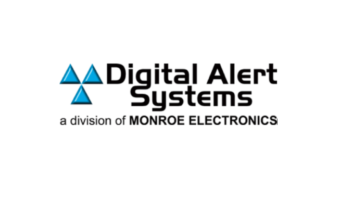
Both a leading wireless association and a major wireless carrier have weighed in to support adding a Blue Alert code to the nation’s Emergency Alert System and Wireless Emergency Alert. However, success will be dependent on the commission simplifying the implementation process and balancing the input of all affected stakeholders, say the wireless association CTIA and wireless carrier T-Mobile.
In comments filed with the commission, CTIA said that its member companies will work collaboratively to implement the newly proposed Blue Alerts into the WEA system as discussed in Federal Communication Commission’s Notice of Proposed Rulemaking. Yet both CTIA and T-Mobile note that the commission should avoid mandating the use of any technologies when it comes to deployment of the Blue Alerts via WEA.
To ensure Blue Alerts can be implemented into the WEA system without new standards or system modifications, the CTIA suggested that the commission incorporate the new Blue Alert code into the current Imminent Threat Alert message class; ensure the existing FEMA gateway process is used to authenticate Blue Alerts prior to their issuance through the U.S. alerting system; and ensure that alert originators receive training by FEMA to guard against inappropriate or overuse of new alerts.
The association noted the concerns raised by other filers regarding overalerting, including an increase in consumer confusion and concerns about recipients tuning-out alerts. As a result, Blue Alerts should be implemented as a so-called Imminent Threat Alert within the existing WEA system (which would allow a seamless delivery of Blue Alerts to all WEA-capable mobile devices, including legacy devices), the CTIA said.
It’s also important that the FCC work with the Federal Emergency Management Agency to authenticate alerts and train alert originators who voluntarily participate in the broadcasting of emergency alerts.
“Inappropriate use of a new alert code or type may lead to consumer confusion as well as confusion among alert originators,” the CTIA said in its filing.
Likewise, the wireless carrier T-Mobile reiterated the importance of implementing a Blue Alert plan that “does not require the addition of new technical functions to the current framework,” the group said in a filing with the FCC.
“If Blue Alerts are given a new alert message classification within the wireless framework, new standards would have to be created, along with corresponding network and device changes, which would involve a lengthy process,” the company said. Echoing the language of the CTIA, T-Mobile said that the creation of a new Blue Alert should use existing WEA alert handset behavior qualities rather than requiring new, special functions. Any new features or functions would require additional standards work and lead to slower deployment, the company said.
The FCC should also avoid mandating the use of any particular technologies, including ATSC 3.0. “There are significant technical challenges to integrating ATSC 3.0 technology into mobile devices, and the benefits represented are either overstated, are already provided through WEA, or are not readily achievable,” the company said.











